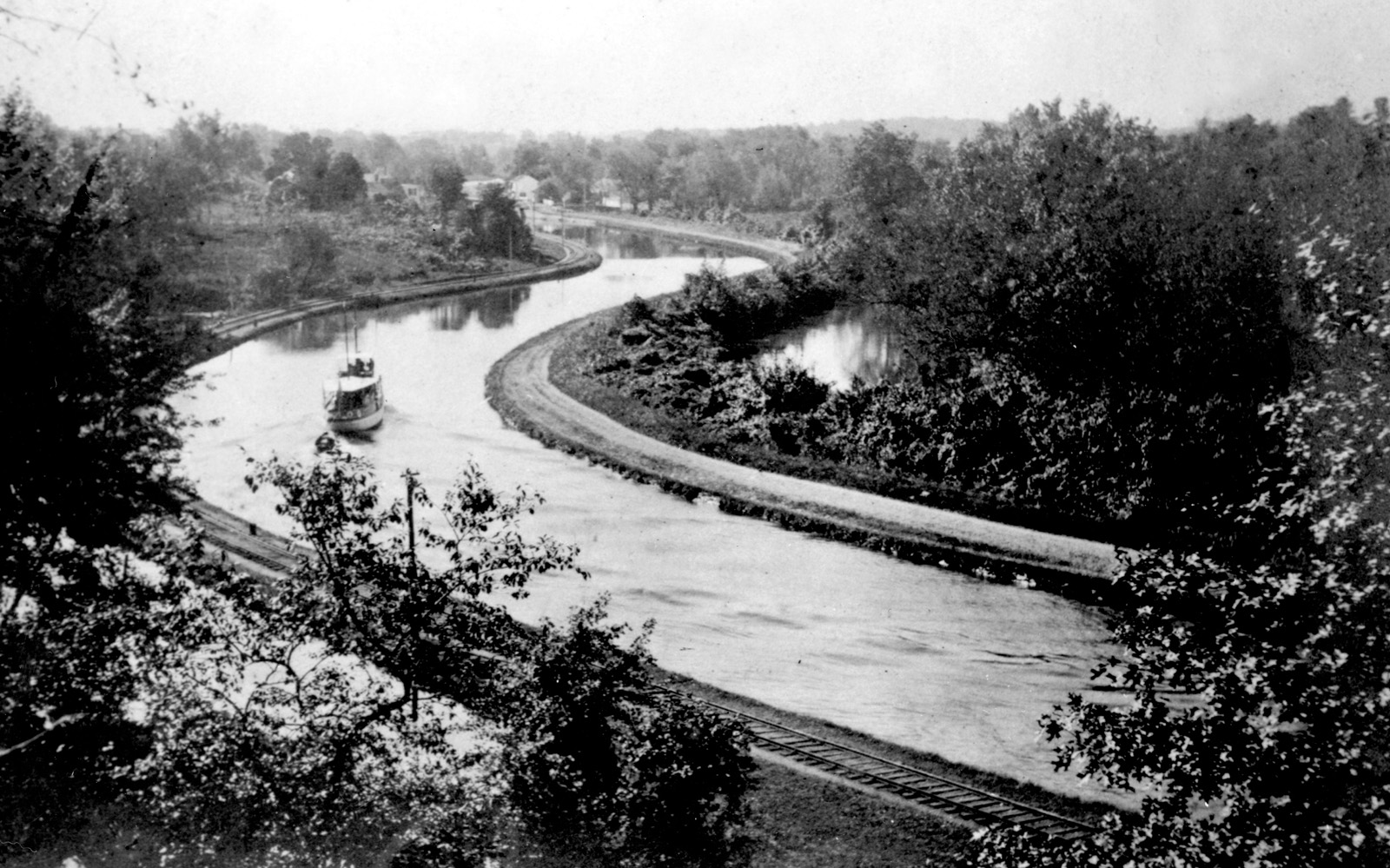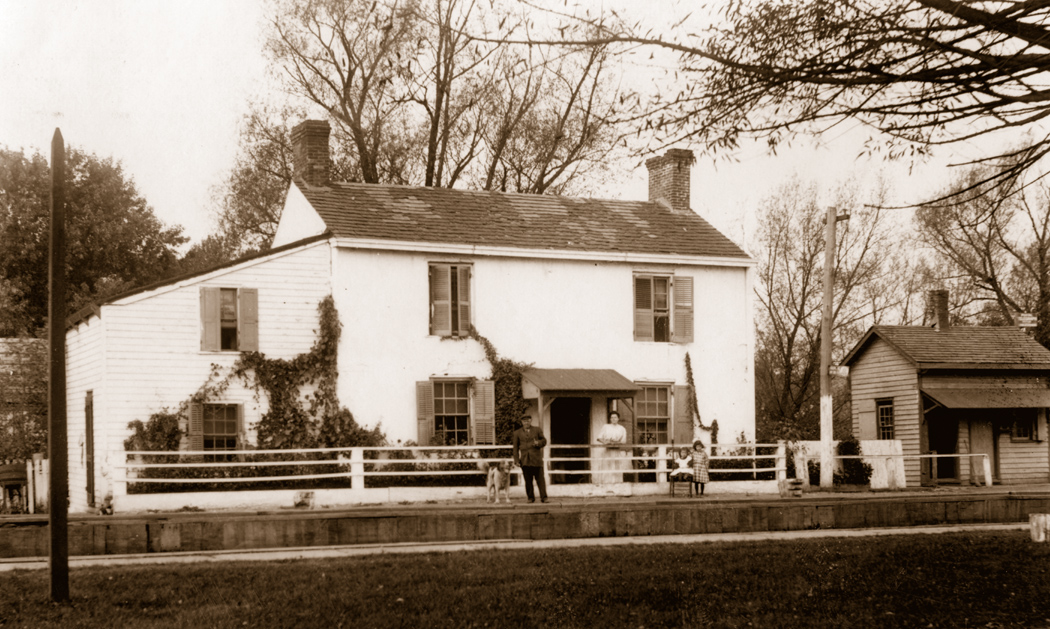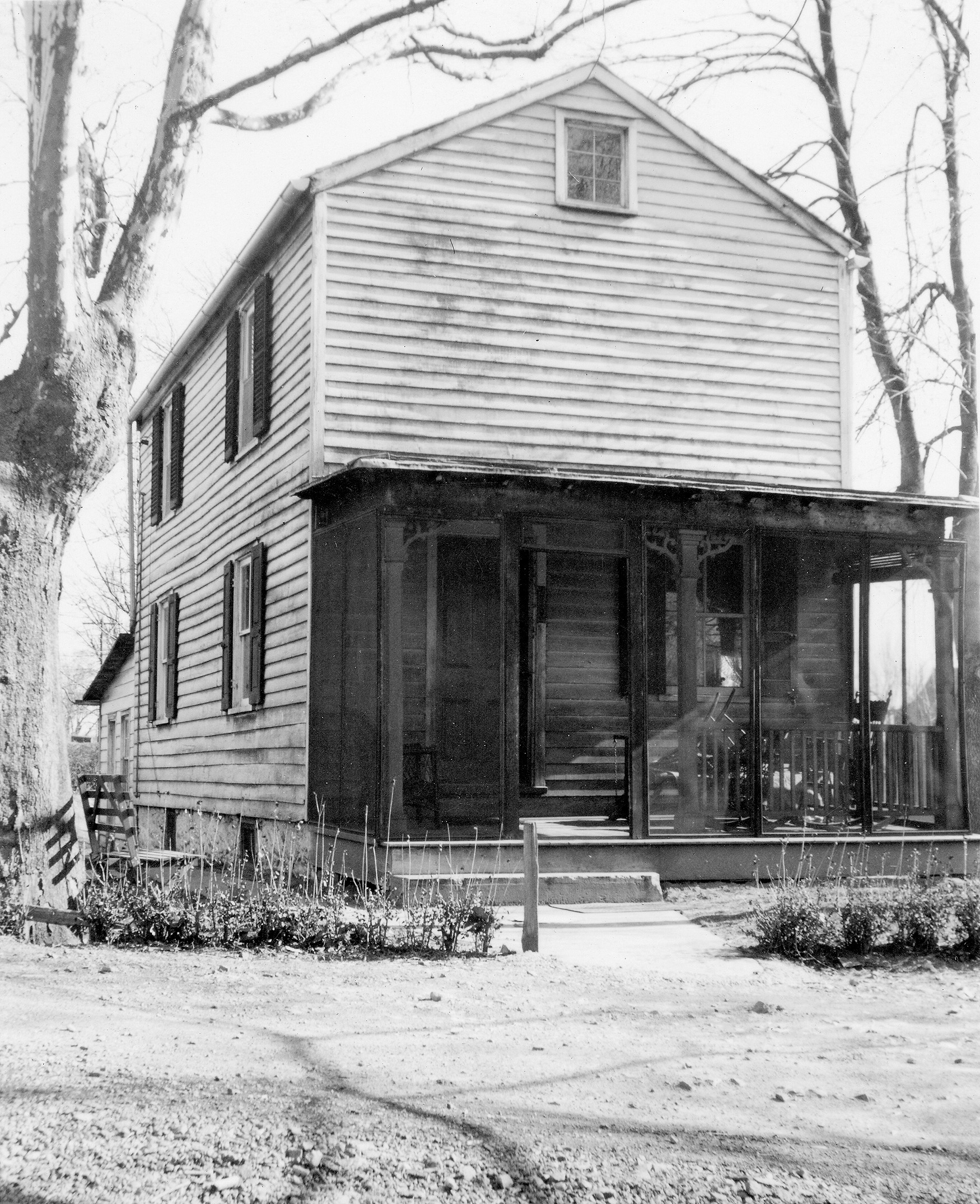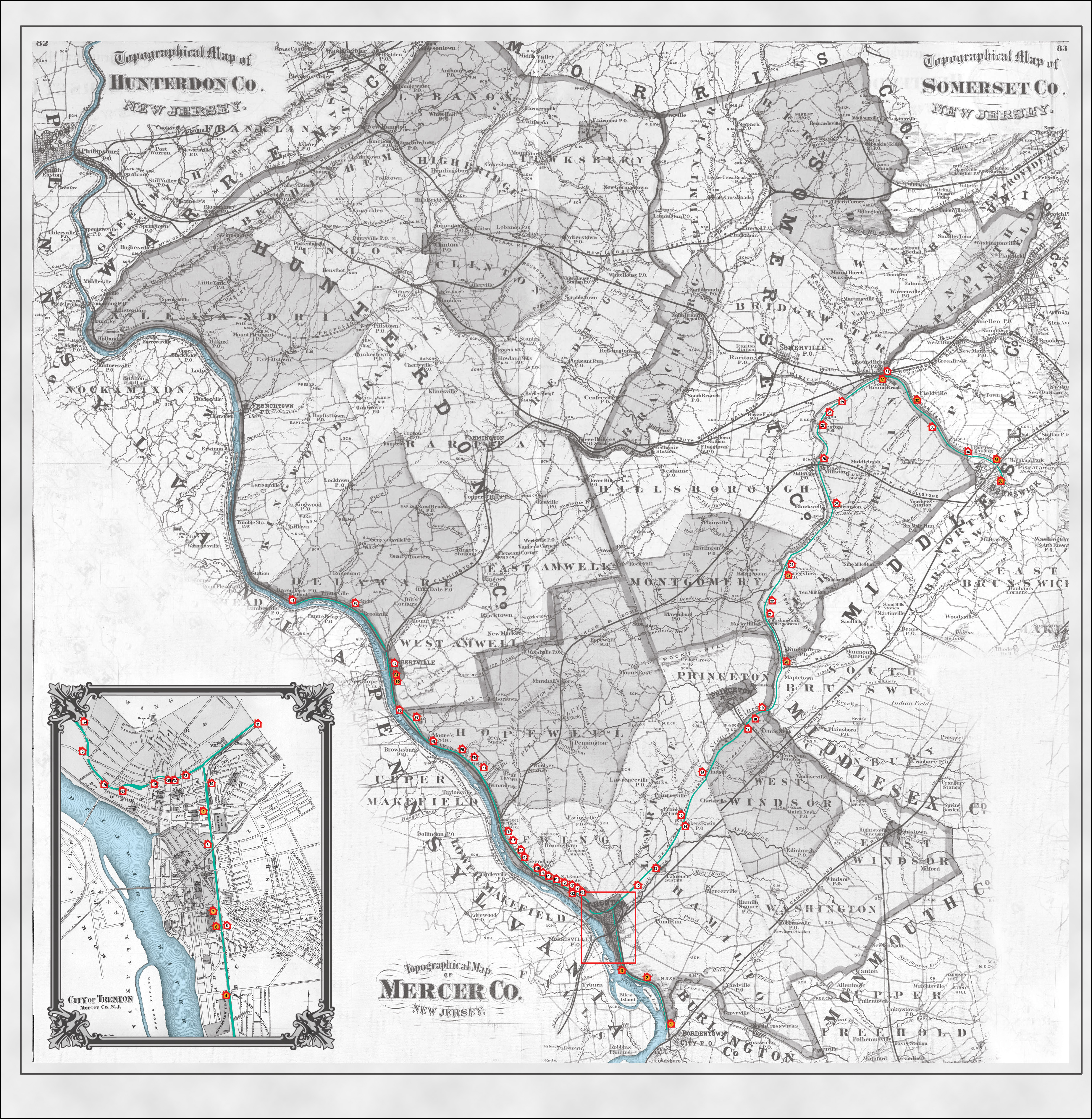AT HOME ON THE D&R: BRIDGE & LOCK HOUSES

From its beginning the D&R Canal was wider and deeper than many similar 19th century canals and equipped with moveable bridges at every crossing. Lock tenders and lock houses were regular features on most canals; however, the D&R also required bridge tenders and bridge houses for its swing bridges. These houses were the homes for the Canal Company employees stationed at each lock and bridge location along this sixty-six mile canal.
Bridge and lock tenders were given free use of a canal house for themselves, and their families, as part of their wages. These modest homes were their primary residence. Small to our modern standards, they often accommodated large families with many children. In several cases, as in the lock house at Lambertville and the bridge house at Griggstown, they were occupied by the same family over several generations as lock and bridge operations duties were passed on to children and sometimes grandchildren when parents or grandparents retired or passed away. And, in a few cases women appear in the census records as bridge tenders; for example at East Millstone, Blackwells Mills, Griggstown and possibly others. These women likely took over the bridge duties upon the passing of their husbands who were the canal company employees initially assigned to those posts. Family names such as Ahern, Allen, Arrowsmith, Blaney, Bush, Denson, Fekete, McCabe, Price, Slover, Reed and many others are connected to the D&R Canal’s bridge and lock house legacy.

A typical canal house on the D&R Canal was a small, two-story structure typical of modest homes in New Jersey in the first half of 19th century. At first, these houses were plain and painted white. In the latter half of the 19th century, doors and window frames on some were painted a darker color, and porches, shutters, decorative brackets and corbels were introduced. Most of the decorative elements used were of the same size and design, indicating they were likely standard Canal Company additions. While most of the houses began as cookie cutter models, each house developed its own individuality, from its setting, later additions, and changes made by successive occupants. Eventually sixty-six of these houses, fifteen lock houses and fifty-one bridge houses, would be built, or acquired, to serve the needs of this transportation corridor.
The majority of the houses were of two basic styles. The first was a two story, three bay home with a gable roof, two end chimneys with a center front door. A second door was located on either the side and/or rear façade. There were four interior rooms – two on the first floor with two above them on the second floor – with an enclosed center staircase. In some a kitchen space with a fireplace was located in the basement, in others it was located on the first floor. This style canal house had either a stuccoed stone or clapboard exterior with simple porticoes over the entrance doors and some had beehive style bake ovens adjacent to their kitchen fireplaces. Porches and lean-to kitchens were later additions to many of these homes. Lock houses were generally larger. Nine of this two-chimney center hall style house survive along the canal today; of those, six of stone construction are located in the floodplain of the Millstone River.

The second style were also two-story homes with a gable roof but with one chimney and the entrance door on the gable, or side façade of the house. All had clapboard exteriors and porches. These also had four interior rooms with two on the first floor and two above on the second floor with an enclosed stairway either in the center of the interior, or to the side, with kitchens either in the basement or first floor. Later lean-to kitchen additions were also added to these canal houses. Of this style, seven examples survive today; all were bridge houses and, with the exception of the Port Mercer and Carnegie Road bridge houses in Lawrence Township, they are all located along the D&R’s feeder canal.
In total nineteen canal houses from the original sixty-six remain standing today. Of those, two along the D&R’s feeder canal were purchased and relocated in the 1920s and remain in private ownership today. The remaining sixteen canal houses are in their original locations along the canal and listed on the State and National Registers of Historic Places; four of those - Blackwells Mills, Griggstown, Kingston and Port Mercer - are currently maintained and interpreted by nonprofit organizations, one is owned by the City of Trenton and leased to a private resident, two are owned and maintained by New Jersey Water Supply Authority and the remaining nine state owned canal houses are in varying states of repair awaiting their next useful purpose. All the surviving historic bridge and lock tender homes, which were so integral to this waterway’s narrative, stand as silent witnesses to the D&R Canal’s history and … their walls the keepers of its many stories.






